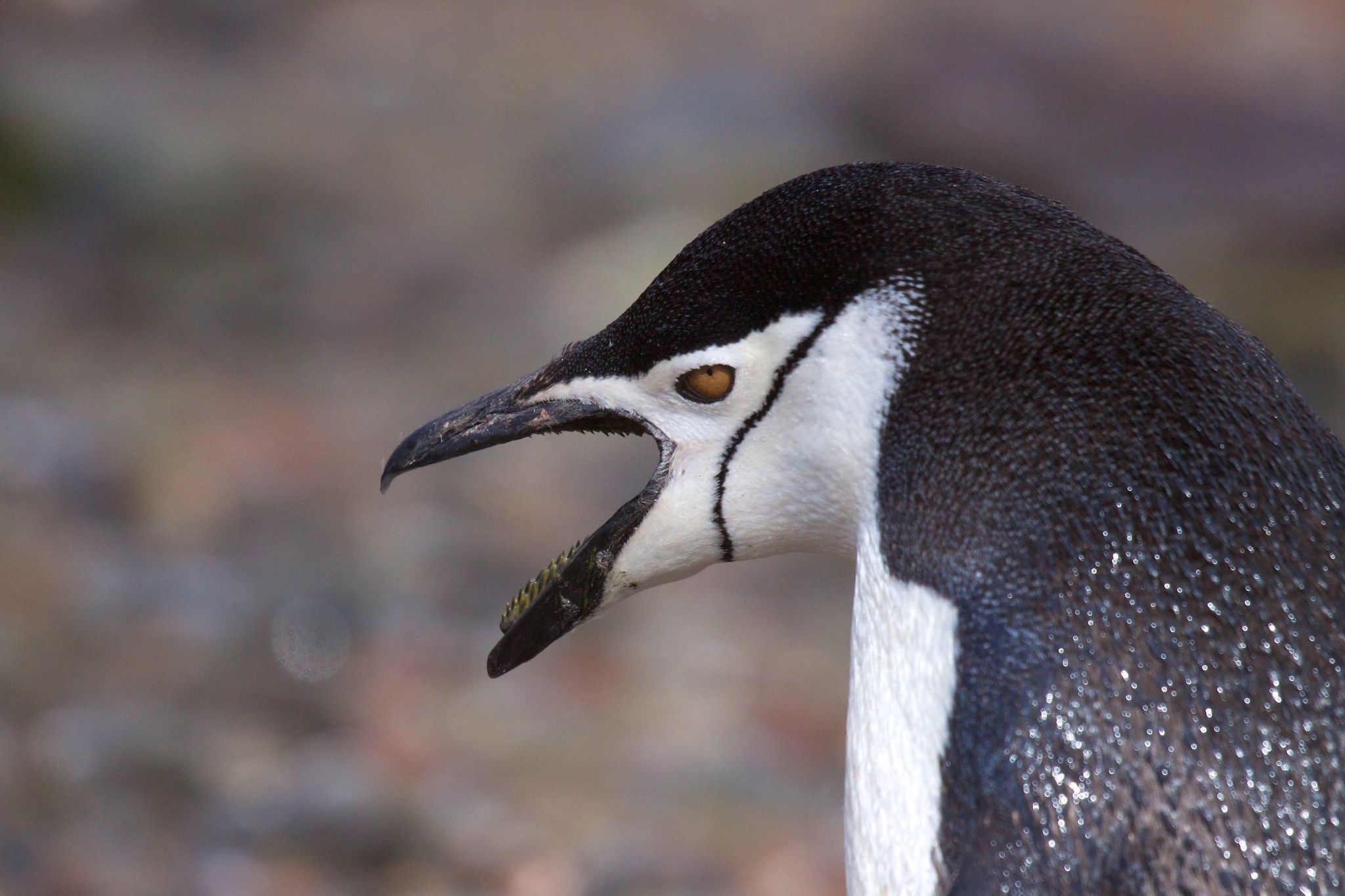
Chinstrap Penguin Wallpapers Wallpaper Cave
Penguins do not possess teeth for biting and chewing their prey. Instead, they rely on their beaks, powerful jaw muscles, and the spiky structures inside their mouth to capture, hold, and consume their food. These adaptations allow penguins to effectively tear and break down prey into manageable pieces that can be swallowed with ease.

Ever see the inside of a penguin’s mouth? penguin
Penguins, like other birds, do not have teeth. Instead of teeth, they have developed a unique way to consume their diet of fish and squid. Penguins possess serrate, backward-facing spines inside their mouths called papillae that aid in gripping and swallowing prey whole.. Different species of penguins inhabit various regions, such as the Emperor penguin, African penguin, Galapagos penguin, and.

Do Penguins Have Teeth? AZ Animals
No, penguins don't have teeth and don't chew their food. While spiky papillae push the food down their throat, you may wonder how they're able to digest a whole fish. The answer is stones. Swallowing stones or pebbles helps break down the penguin's food so it can be processed in their stomach. These pebbles may dissolve or.
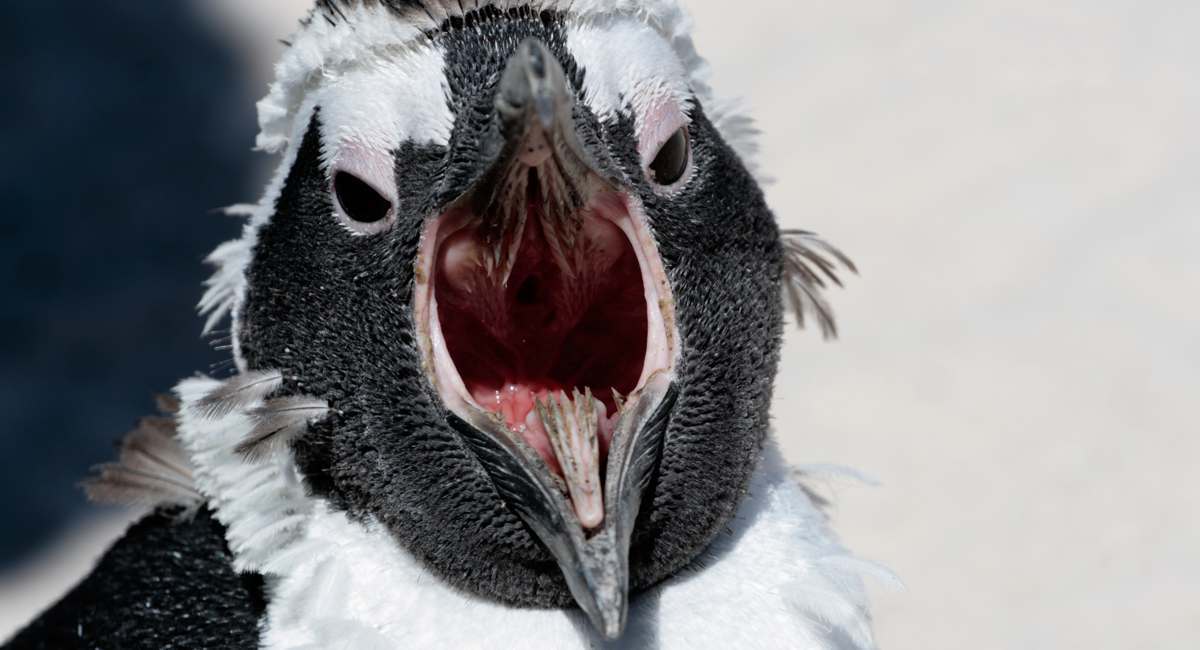
I didn't know penguin have teeth. r/CrappyDesign
TePe® - Committed to Sustainability - Learn More About Sustainability At TePe. TePe - Over 50 years in Oral Health - TePe AU
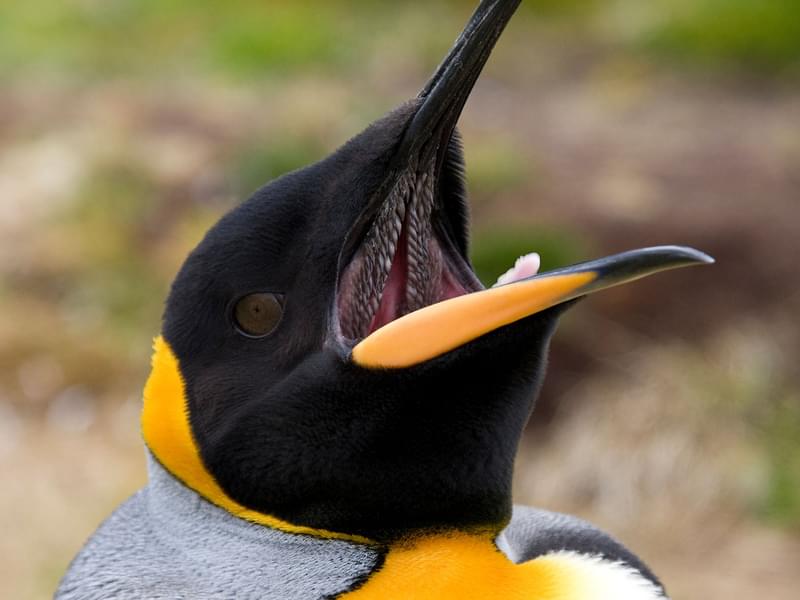
Inside of a Penguins Mouth (All You Need To Know) Birdfact
Penguin Teeth: Do They Exist? When you're watching penguins feast on krill or fish, it's natural to question whether they possess teeth. The simple answer is, no they they do not have teeth. Instead of the typical chompers that mammals have, there are serrated needle-like spines inside a penguin's mouth which make gnawing their dinner easier.

Penguins Mouth Open Open Mouth Pinguin Photos And Premium High Res Pictures Getty Images The
Over 90% Of All Products On eBay Are Brand New. Big Brands, Top Retailers. Great Prices On Millions Of Items. Get It On eBay.
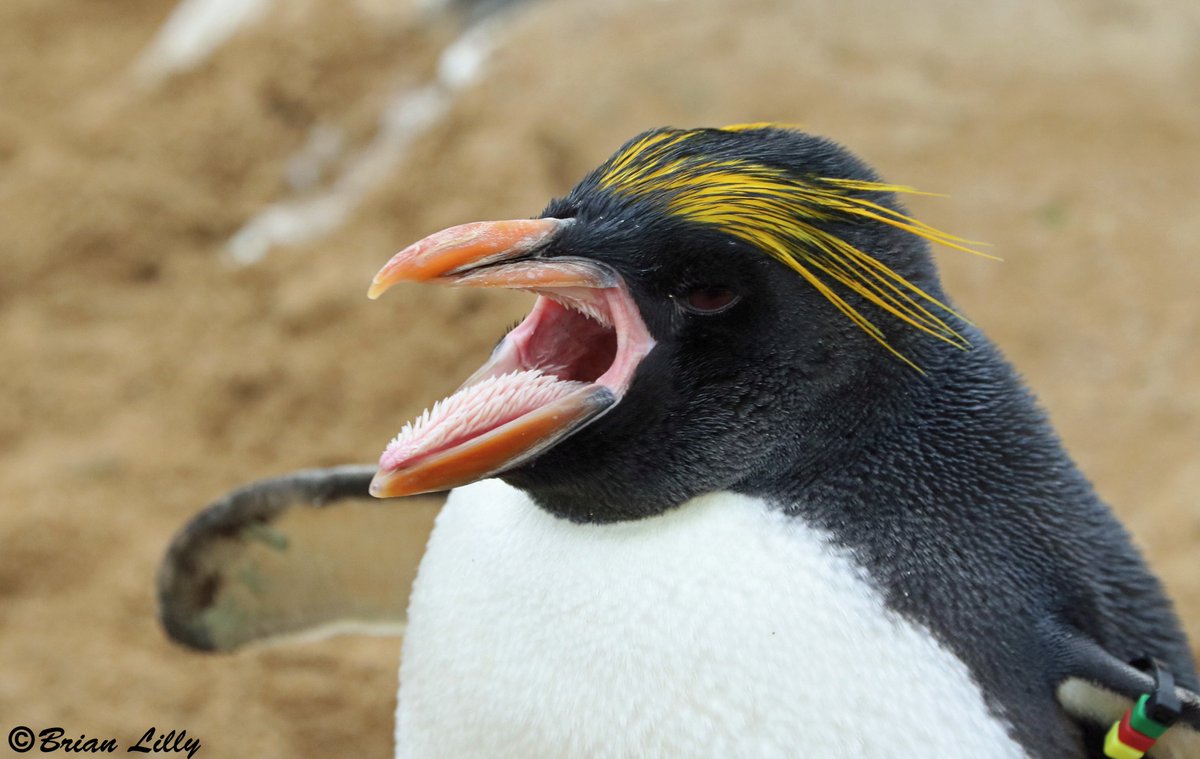
Penguins Mouth Fiordland Crested Penguins Penguins mouths are specialized tools that allow
The presence of spines inside a penguin's mouth is an intriguing evolutionary adaptation. These spines, also known as papillae, have developed to enhance the penguin's feeding efficiency. By providing a superior gripping mechanism, the spines allow penguins to seize slippery prey, ensuring that their meals are not lost in the watery depths.
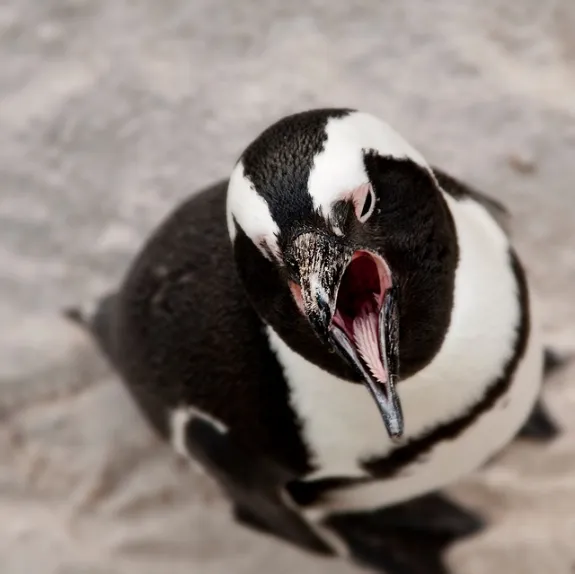
14 Fun Facts About Penguins Science Smithsonian Magazine
For starters, the inside of a penguin's mouth is surrounded by a sturdy, elastic layer called the buccal mucosa. Additionally, the back of the mouth of penguins houses healthy glands and muscles, ensuring that every part plays a vital role in their feeding process. Despite the absence of traditional teeth like other birds, however, all.

Inside of a Penguins Mouth (All You Need To Know) Birdfact
The absence of teeth does not hinder penguins' ability to thrive in their marine environment. Baby Penguins and Egg Teeth. While adult penguins do not have teeth, it is important to note that baby penguins are born with a unique feature called an "egg tooth." This specialized structure is a small, pointed projection on their beaks.

Penguins Mouth Teeth / Why The Inside Of A Camel S Mouth Looks Like A Sarlacc Pit Mental Floss
As animals that live both at sea and on land, penguins play a vital role in supporting both ecosystems. Because they eat a seafood diet but spend much of their time on land, they fertilise the landscape with plant nutrients from the ocean like nitrogen, phosphorus, and organic carbon. Penguins are an important part of the food chain, as a range.
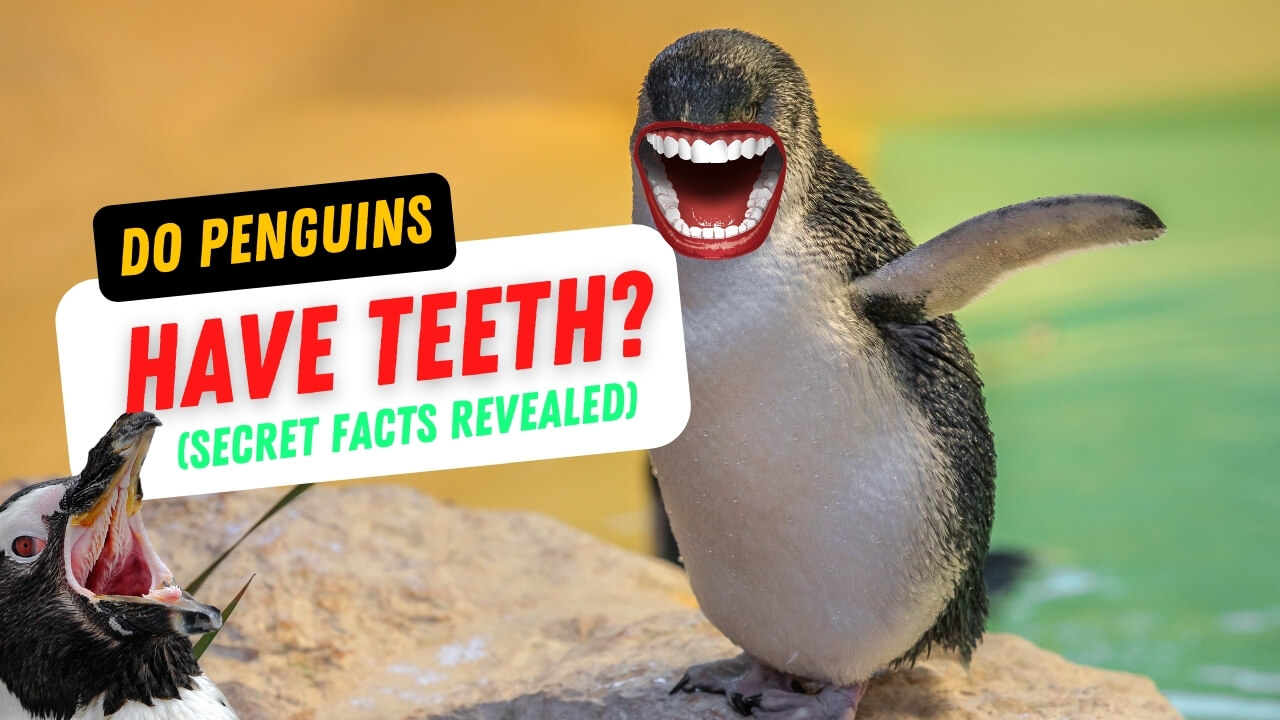
Do Penguins Have Teeth? Seven NotSoSecret Facts About Penguins Bird Therapy.
Penguins are fascinating creatures that have captured the hearts of many people around the world.Known for their unique appearance and adorable waddle, these flightless birds are found in the Southern Hemisphere, particularly in Antarctica.While we often associate teeth with most animals, penguins are an exception to this rule.Unlike other birds, penguins do not have teeth.

10 Facts About Penguins World Animal Protection
Penguins have teeth-like structures on their tongues called papillae. Despite their horrifying appearance, they have structural similarities with the papillae that give our own tongues their roughness. The extra-large papillae on penguins and other seabirds enable them to grasp slick food items and swallow them whole. All birds, including.
Penguins Mouth Fiordland Crested Penguins Penguins mouths are specialized tools that allow
Penguins are birds and birds do not have teeth, so penguins also do not have teeth. Even though penguins don't have teeth, they do have serrated ridges on the tops and bottoms of their mouths that help them swallow food. If you ever get an up close look at the inside of a penguins mouth you might mistake these serrated ridges for teeth, but.

Inside of a Penguins Mouth (All You Need To Know) Birdfact
Penguins' mouths contain large, distinctive spines called papillae. The word "papillae" simply means 'small protuberance,' but in the case of penguins, they're actually very large. These papillae coat most of the penguin's mouth, including the roof and base of the mouth, the sides, and the tongue. Most animals have papillae.

Humboldt penguin teeth London Zoo Mac Spud Flickr
Baby penguins, or chicks, do not have teeth, but when they are hatching from their egg, they have a tooth-like bump on top of their beak. This small bump is called an " egg tooth " and it helps them to break the hard shell of the egg. As the baby penguin grows, the egg tooth is absorbed into the beak. Baby penguins are also completely.
Penguin teeth oddlyterrifying
Instead of teeth, penguins utilize spines or papillae to capture and secure their slippery prey. These unique structures, along with their beaks and tongues, form a remarkable feeding apparatus. Understanding the complexities of a penguin's mouth deepens our admiration for these incredible birds and their ability to thrive in extreme environments.